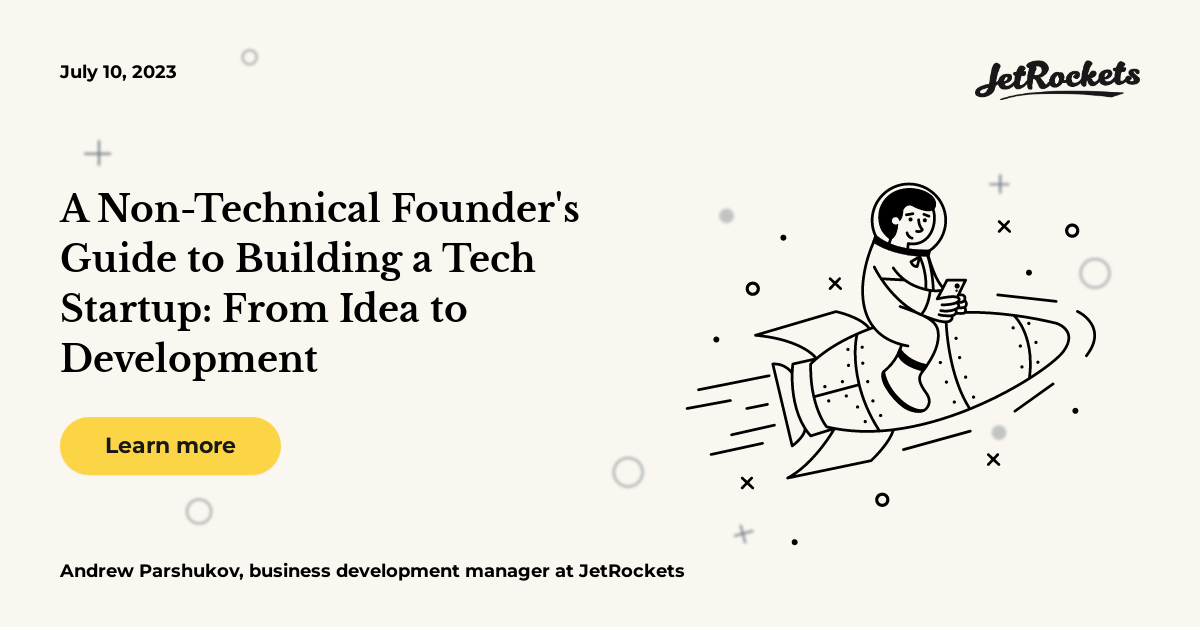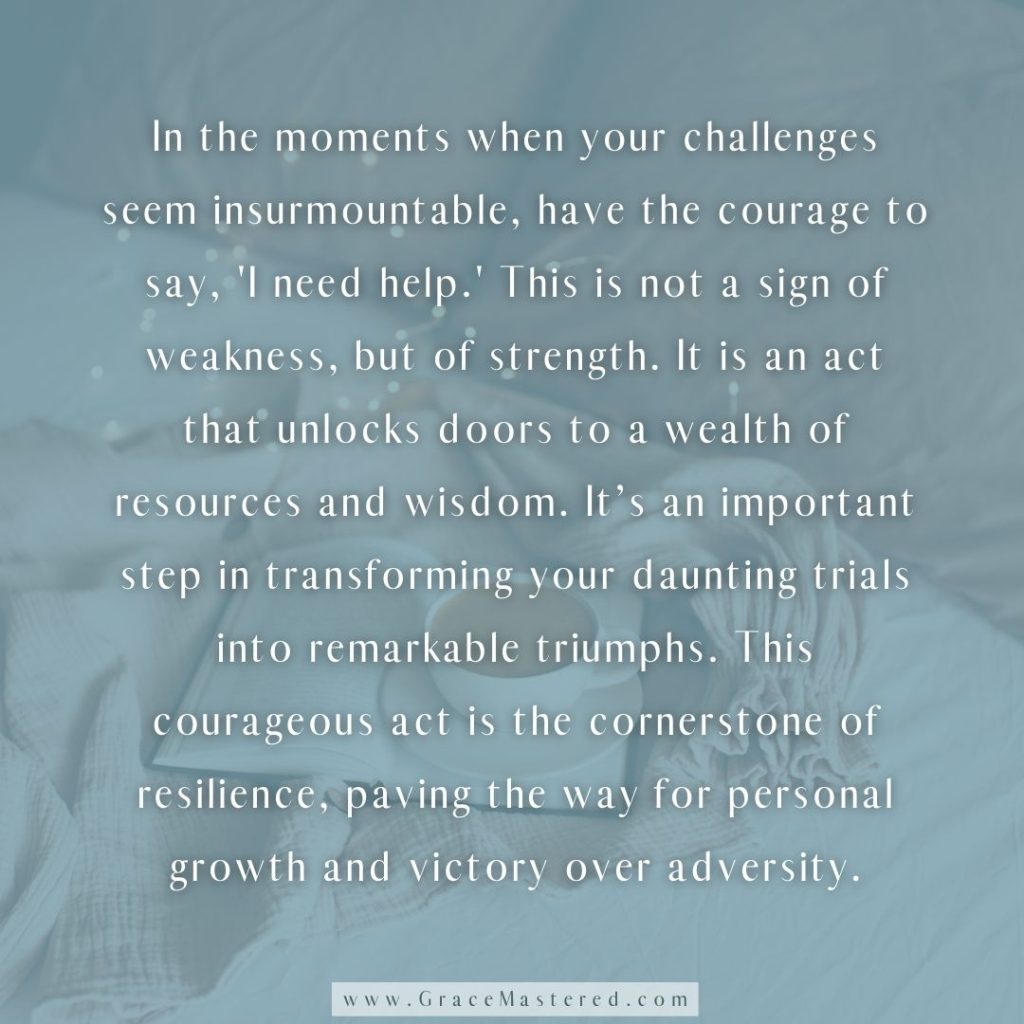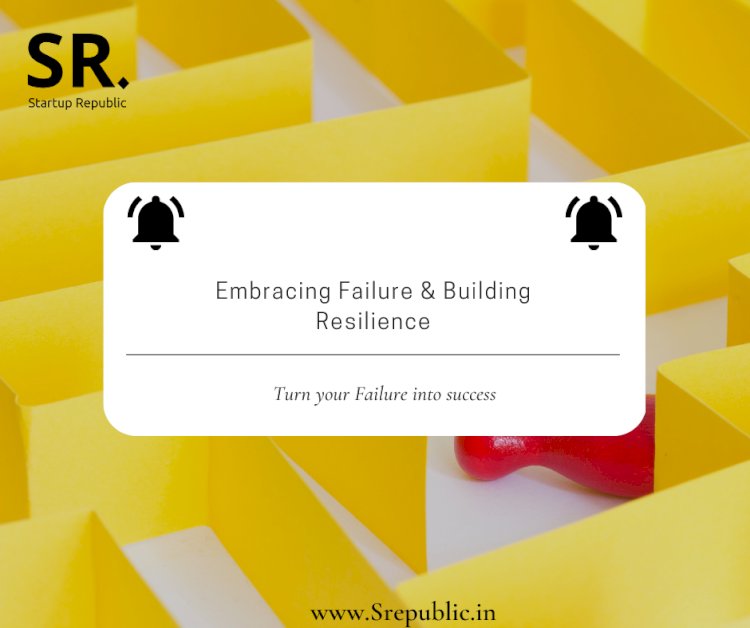
Building Your First Website: A Step-by-Step Guide for Non-Tech Founders
The thought of building a website can feel like staring up at Mount Everest when you’re a non-tech founder. Jargon like "domain," "hosting," "CMS," and "SEO" can quickly become overwhelming, making you want to retreat to the comfort of your spreadsheet.
But here’s the good news: building a professional, effective website for your business is far more accessible than it used to be. You don’t need to learn to code. You don’t need a massive budget. What you do need is a clear plan, the right tools, and a bit of guidance.
This comprehensive guide is designed specifically for you – the visionary entrepreneur, the passionate creator, the problem-solver – who wants to establish a powerful online presence without getting lost in technical complexities. Let’s demystify the process and get your first website off the ground!
Why Your Business Needs a Website (Even if You’re Just Starting)
In today’s digital age, a website isn’t just a nice-to-have; it’s a fundamental pillar of your business. Here’s why it’s non-negotiable:
- Credibility & Professionalism: A well-designed website instantly makes your business look legitimate and trustworthy. It’s your digital storefront and brochure, open 24/7.
- Visibility & Reach: People search for everything online. Without a website, you’re invisible to potential customers actively looking for your products or services.
- Information Hub: It’s a central place for customers to find your contact details, pricing, services, testimonials, and answers to common questions.
- Marketing & Sales Tool: Your website can generate leads, capture email addresses, showcase your portfolio, and even sell products directly (e-commerce).
- Control Your Narrative: Social media platforms are great, but you don’t own them. Your website is your space, where you control the message, design, and data.
- Customer Insights: With simple analytics tools, you can understand who visits your site, what they look at, and how they interact, helping you refine your business strategy.
Phase 1: The Foundation – Planning Your Website (Before You Build)
Before you even think about design or content, a little strategic planning will save you immense time and frustration. This is where you define your website’s purpose and audience.
1. Define Your Website’s Goal(s)
What do you want your website to do for your business? Be specific!
- Generate Leads: Do you want visitors to fill out a contact form, call you, or book a consultation?
- Sell Products/Services: Is it an e-commerce site where people can buy directly?
- Provide Information: Is it primarily a resource hub for your audience (e.g., a blog, FAQ)?
- Build Your Brand: Is it mainly to showcase your portfolio, mission, and values?
- Support Customers: Will it host a knowledge base or customer support portal?
Knowing your primary goal will dictate your website’s structure, design, and calls to action.
2. Identify Your Target Audience
Who are you trying to reach? Understanding your ideal customer helps you tailor your content, tone, and design.
- What are their pain points that your business solves?
- What language do they use?
- What information are they looking for?
- What kind of visuals resonate with them?
3. Outline Your Content & Pages
Based on your goals and audience, list the essential pages your website will need.
- Homepage: Your virtual storefront. What’s the first impression?
- About Us/Me: Your story, mission, and why customers should trust you.
- Services/Products: Detail what you offer, including benefits and pricing (if applicable).
- Contact Us: How people can reach you (form, email, phone, location).
- Blog/Articles: For sharing expertise, driving traffic, and building authority.
- Portfolio/Gallery: If you have visual work to showcase.
- Testimonials/Reviews: Social proof from happy customers.
- FAQ (Frequently Asked Questions): To address common queries and save you time.
4. Set Your Budget & Timeline
Be realistic about what you can spend (money and time).
- Budget: Are you looking for a free solution (very limited), an affordable monthly subscription (most common for beginners), or a larger investment for a custom build?
- Timeline: When do you want to launch? Break down the process into manageable chunks. Don’t aim for perfection; aim for "good enough" to launch, then iterate.
Phase 2: The Core Components – Demystifying the Essentials
Every website, no matter how simple or complex, relies on three fundamental components. Understanding these will strip away much of the mystery.
1. Your Domain Name: Your Website’s Address
Think of your domain name as your business’s unique street address on the internet (e.g., yourbusiness.com).
- What it is: The name people type into their browser to find you.
- Choosing a Good Domain:
- Keep it simple: Easy to spell, pronounce, and remember.
- Make it relevant: Ideally, it should relate to your business name or industry.
- Aim for .com: It’s the most recognized and trusted. If unavailable, consider .net, .org, or newer TLDs like .io, .co, or country-specific ones (.ca, .uk).
- Avoid hyphens and numbers: They make it harder to remember and share.
- Where to Get One: You "register" a domain name through a domain registrar. Popular options include GoDaddy, Namecheap, Google Domains, or even directly through your chosen website builder.
2. Web Hosting: Your Website’s Home
If your domain name is your address, web hosting is the land and house where your website files (images, text, code) actually live.
- What it is: A service that stores your website files on powerful servers and makes them accessible to anyone with an internet connection, 24/7.
- Why You Need It: Without hosting, your domain name would just point to an empty lot.
- Types (Simplified for Beginners):
- Shared Hosting: Most common and affordable for new websites. Your site shares server resources with other sites. Good for low-to-medium traffic.
- Managed Hosting: Often offered by website builders or specialized WordPress hosts. They handle all the technical server stuff, security, and updates for you. This is ideal for non-tech founders.
3. Your Website Platform: The Tool You’ll Use to Build
This is the software or service you’ll use to design, build, and manage your website without needing to write code. This is where non-tech founders shine!
-
Website Builders (All-in-One Solutions):
- What they are: User-friendly platforms that bundle hosting, design tools (drag-and-drop), and often a domain name into one monthly subscription. They are designed for ease of use.
- Pros for Non-Tech Founders:
- No coding required: Intuitive drag-and-drop interfaces.
- Templates: Hundreds of professional, pre-designed templates to get started quickly.
- All-in-one: Hosting, security, updates, and customer support are handled by the platform.
- Built-in features: Often include e-commerce, SEO tools, contact forms, and analytics.
- Cons:
- Less flexibility: Can be harder to customize beyond what the platform offers.
- Vendor lock-in: Migrating your site to a different platform later can be challenging.
- Monthly fees: Can add up over time, though often very reasonable.
- Popular Examples:
- Wix: Extremely flexible drag-and-drop, great for small businesses and portfolios.
- Squarespace: Known for beautiful, minimalist design templates, ideal for creatives and service-based businesses.
- Shopify: The undisputed king for e-commerce, built specifically for online stores.
- Weebly: Simple and user-friendly, good for basic websites.
-
Content Management Systems (CMS) like WordPress:
- What it is: WordPress is the world’s most popular CMS, powering over 40% of all websites. It’s incredibly powerful and flexible.
- WordPress.org (Self-Hosted): This is the free software you install on your own web hosting. It offers unlimited customization through themes and plugins, but it requires more technical know-how for setup, security, and maintenance. Generally not recommended for absolute non-tech beginners unless you’re willing to learn or hire help.
- WordPress.com (Managed): This is a hosted version of WordPress, much like a website builder. It’s simpler to use than self-hosted WordPress, with less technical overhead, but also offers less flexibility than the self-hosted version’s full potential.
- Pros (Overall WordPress): Highly scalable, massive community support, endless plugins for any functionality.
- Cons (Self-Hosted for Non-Tech): Steeper learning curve, you’re responsible for security, backups, and updates.
Recommendation for Non-Tech Founders: For your first website, start with a website builder like Wix, Squarespace, or Shopify (if e-commerce is your focus). They prioritize ease of use, allowing you to launch quickly and focus on your business, not code. If you later outgrow them or need extreme customization, you can always migrate to WordPress.
Phase 3: Building Your Site – The Hands-On Steps
Now that you understand the components and have a plan, let’s get building!
Step 1: Select Your Website Platform & Plan
Based on your needs, choose your platform (e.g., Wix, Squarespace, Shopify). Sign up for a plan that includes hosting and allows you to connect your custom domain name. Most offer free trials, so you can test them out!
Step 2: Register Your Domain Name
If your chosen website builder doesn’t include a free domain for the first year, or if you prefer to keep your domain separate, go to a domain registrar (like Namecheap or Google Domains) and purchase your desired domain name. You’ll then "connect" this domain to your website builder (they’ll have clear instructions on how to do this).
Step 3: Choose Your Template & Customize
This is the fun part!
- Browse Templates: Website builders offer a vast library of professional templates. Choose one that aligns with your brand’s aesthetic and industry. Don’t worry if it’s not perfect; you’ll customize it.
- Customize:
- Colors & Fonts: Adjust to match your brand identity.
- Images & Videos: Replace placeholder content with your own high-quality visuals. Use stock photos if you don’t have your own, but personalize where possible.
- Logo: Upload your business logo.
- Layout: Use the drag-and-drop editor to rearrange sections and elements.
Step 4: Craft Compelling Content
This is the heart of your website. Focus on clarity, conciseness, and value for your audience.
- Write for Your Audience: Use language they understand. Focus on benefits, not just features.
- Homepage: Clearly state what you do, who you help, and your unique selling proposition. Include a strong "call to action" (e.g., "Shop Now," "Get a Quote," "Learn More").
- About Us: Tell your story! Why did you start this business? What are your values? Make it personal.
- Services/Products: Describe each offering in detail. Use bullet points for readability. Include pricing or a way to request it.
- Contact Us: Make it easy! Include a contact form, email address, phone number, and physical address (if applicable).
- Proofread: Typos damage credibility. Get a fresh pair of eyes to review everything.
Step 5: Implement Basic SEO Foundations
You don’t need to be an SEO expert to lay the groundwork for your site to be found on Google.
- Keywords: Think about the words and phrases your ideal customers would type into Google to find a business like yours. Sprinkle these naturally into your page titles, headings, and content.
- Page Titles & Meta Descriptions: These are what appear in Google search results. Your website builder will have a place to edit these for each page. Make them compelling and include your keywords.
- Image Alt Text: When you upload images, add a short description (e.g., "blue widget on a white background"). This helps search engines understand your images and is crucial for accessibility.
- Mobile-Friendliness: Most modern website builders create responsive designs automatically, meaning your site will look good on desktops, tablets, and phones. Double-check this! Google prioritizes mobile-friendly sites.
- Google My Business: If you have a physical location or serve a local area, set up a free Google My Business profile. It helps you show up in local search results and Google Maps.
Step 6: Test, Test, Test!
Before launching, put your website through its paces.
- Check all links: Do they go where they’re supposed to?
- Test forms: Does the contact form work? Do you receive submissions?
- Browser compatibility: View your site on different browsers (Chrome, Firefox, Edge, Safari).
- Mobile responsiveness: Check it on your phone and tablet.
- Proofread one last time: Fresh eyes again!
Phase 4: Launch & Beyond – Your Website’s Journey
Congratulations! You’re almost ready to go live.
The Grand Launch
Once you’re satisfied, it’s time to hit that "Publish" or "Go Live" button within your website builder. It might take a few minutes (or even a few hours for DNS changes to propagate globally) for your site to be fully visible at your custom domain name.
Post-Launch Essentials
Your website isn’t a "set it and forget it" tool. It’s an ongoing asset.
- Install Analytics: Set up Google Analytics (or use your website builder’s built-in analytics). This free tool helps you understand who visits your site, how they found you, and what they do while they’re there.
- Regular Updates: Keep your content fresh, update information (prices, services), and add new blog posts or portfolio items.
- Security & Backups: If using a website builder, they handle most of this. If you’re on self-hosted WordPress, ensure you have strong security plugins and regular backup routines.
- Promote Your Website:
- Add your website address to your business cards, email signature, and social media profiles.
- Tell everyone you know!
- Share new content on social media.
- Consider basic online advertising if your budget allows.
- Gather Feedback: Ask friends, family, and early customers for their honest feedback on your site. What works? What’s confusing?
You’ve Got This!
Building your first website as a non-tech founder is an empowering journey. It’s about translating your business vision into a digital reality, opening doors to new customers, and establishing your credibility in the online world.
Remember, your first website doesn’t need to be perfect. It just needs to be launched. Start simple, focus on your core message, and iterate as your business grows. The most important step is to begin.
So, take a deep breath, choose your platform, and start building your online future today!



Post Comment